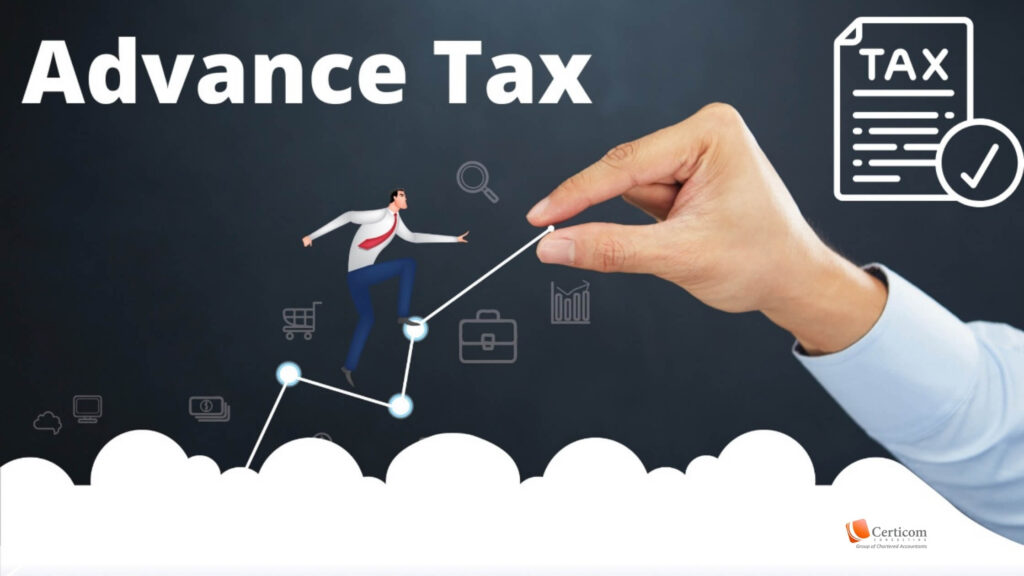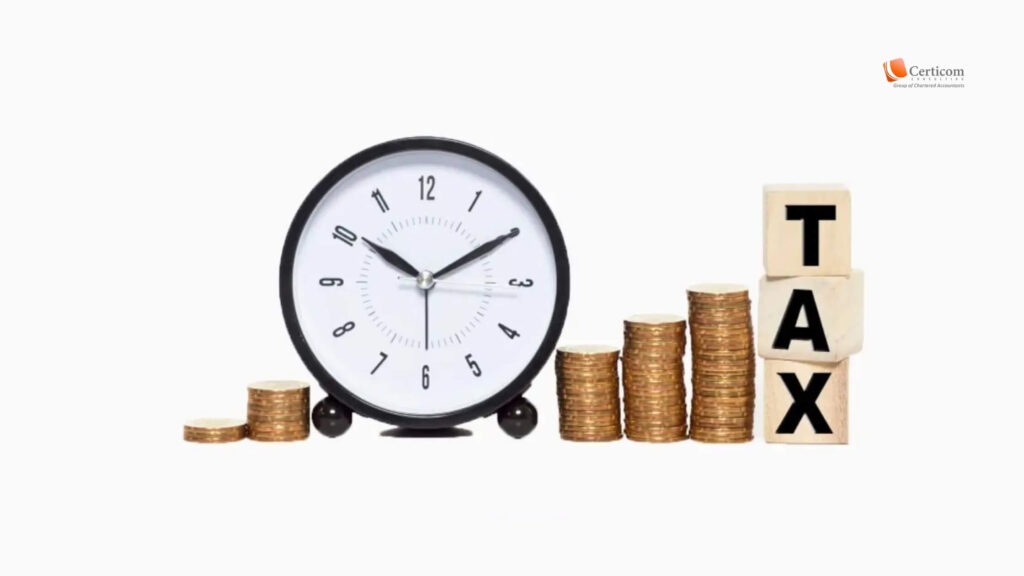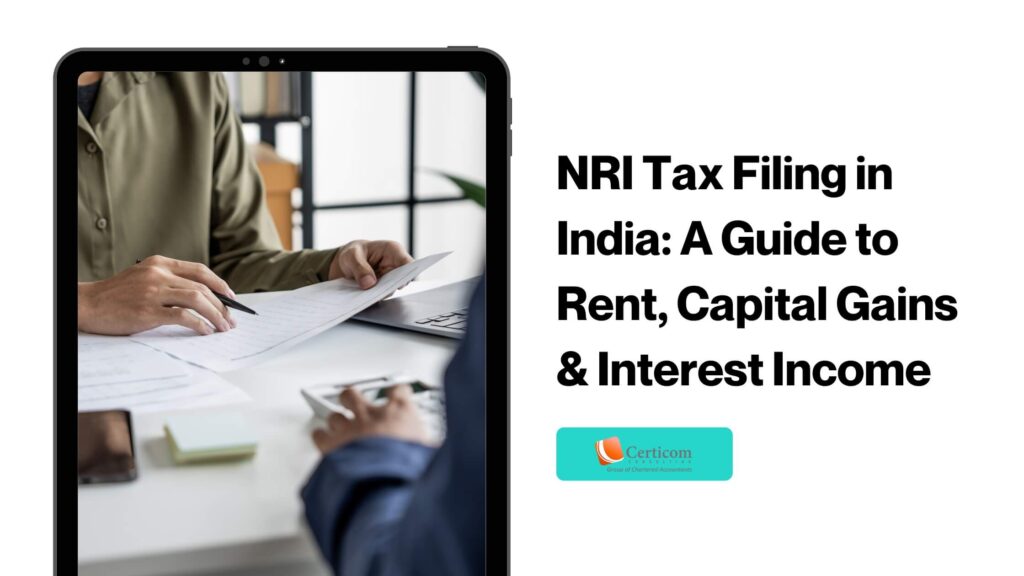Understanding Advance Tax and Its Applicability

Advance tax, often known as the pay-as-you-earn system, is the practice of paying your taxes before the end of the fiscal year. This mechanism assists the government in ensuring a consistent annual revenue stream. Taxpayers are required to pay the entire amount of their advance tax debt by March 15, 2024, which is the deadline for the final installment of advance tax payment for the fiscal year 2023–2024.
What is an Advance Tax?
If you get income from sources other than your wage, such as rent or stock gains, you must pay advance tax in advance. This also applies to other types of revenue, such as lottery winnings. Payment options include online banking and specialized banks.
- By 15th June: You need to pay at least 15% of your total estimated tax liability.
- By 15th September: You must pay 45% of the estimated tax liability.
- By 15th December: You should pay 75% of the estimated tax liability.
- By 15th March: You are required to pay the remaining balance to make it 100% of your estimated tax liability.
You have the option to modify the amount you pay if your estimated income changes over the year. You can use the National Securities Depository or the online tax payment website run by the Income Tax Department to accomplish this.

Who Should Pay Advance Tax?
Salaried, freelancers and businesses
You are required to pay advance tax if, throughout a financial year, your total tax liability exceeds Rs 10,000. The advance tax is levied on all taxpayers, including corporations, freelancers, and those on salary.
Senior citizens
Individuals who are 60 years of age or older who do not own a business are not required to pay advance tax. Thus, advance tax payment is only required for senior citizens (60 years of age or older) who have business income.
Presumptive income for businesses
On or before March 15th, taxpayers who have chosen to participate in the presumptive taxation plan under section 44AD are required to pay the entire amount of their advance tax in one installment. They can also choose to settle all of their outstanding taxes before March 31.
Presumptive income for professionals
Under section 44ADA, independent professions including physicians, attorneys, architects, and so forth are covered by the presumption scheme. By no later than March 15th, they must pay the entire amount owed in advance taxes in one installment. They have the option to pay the whole sum by March 31.
What Forms Are Needed For Advance Tax?
In India, you must complete Challan No. ITNS 280 by the deadline in order to pay advance tax. Make sure you enter your PAN accurately on this form to avoid having your tax deposited in someone else’s name. Furthermore, choose the appropriate assessment year for which the advance payment of tax is being made for the forthcoming fiscal year.
You have to indicate the kind of payment when you make it. It is referred to as advance tax if the tax is paid using projected income for the same fiscal year. The payment is considered a self-assessment tax if it is done after the fiscal year has ended.

You will obtain a Challan Identification Number (CIN) upon completion of payment. It is imperative that you write down this number and utilize it in your income tax return. Additionally, validate that the online payment made through ITNS 280 has been successfully received by checking with the Income Tax department.
How to Pay Advance Tax Online
- Step 1: Go to the Income Tax Department’s official site.
- Step 2: Click on the ‘e-pay Tax’ option under ‘Quick Links’.
- Step 3: Enter your PAN and Mobile Number, then click ‘Continue’.
- Step 4: Enter the OTP received on your mobile and click ‘Proceed’.
- Step 5: Select the ‘Income Tax’ option in the first tab and click ‘Continue’.
- Step 6: Fill in the necessary details, including the correct assessment year, address, email address, phone number, bank name, and captcha code.
- Step 7: After filling in the details, you will be redirected to the bank’s Net Banking page.
- Step 8: Review the payment details, including your challan number.
- Step 9: Once the payment is made, it’s crucial to report the payment to complete the process.
Related Post
Loan Interest Deductions: How to Claim and Avoid Tax Scrutiny
NRI Tax Filing in India: A Guide to Rent, Capital Gains & Interest Income
Book A One To One Consultation Now For FREE
How can we help? *




